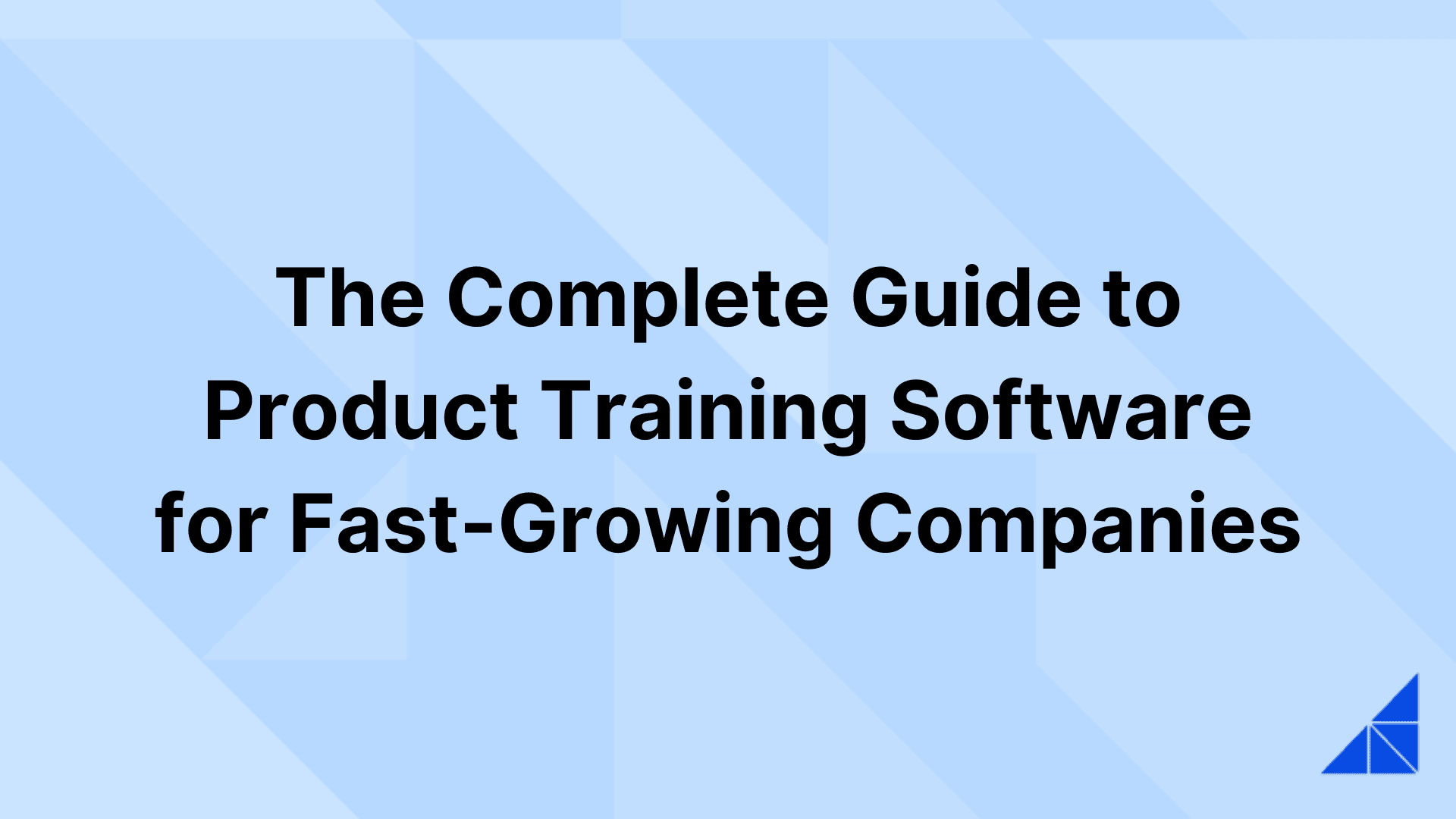L&D
10 Questions to Ask Before You Buy an LMS
Sep 16, 2025

Samantha Fitzgerald
Choosing the right Learning Management System (LMS) can directly impact your organization's training success. A poor decision could lead to wasted resources and frustrated employees, while a well-chosen platform can streamline learning, improve engagement, and support long-term growth.
To make an informed choice, ask these 10 critical questions:
1. Does the LMS Support Your Organizational Goals?
Start with your training objectives—compliance, employee development, customer education, or all three. The platform should align with your needs and allow customization of branding, learning paths, and workflows.
Example: Some companies design courses that simplify certification tracking, directly improving safety compliance. In fact, 94% of employees say they’d stay longer at a company that invests in their development.
Once you know the LMS aligns with your objectives, the next step is ensuring it can grow with you over time.
2. Can the LMS Scale with Your Organization?
Your LMS should grow alongside your organization—supporting more users, content, and features without performance issues. Check user limits, storage, and bandwidth, and review vendor case studies. Test the platform during high usage to see how it holds up.
A scalable LMS is only part of the equation—you also need it to work seamlessly with the tools your team already uses.
3. Does the LMS Offer Easy Integration?
Seamless integration keeps training part of daily workflows instead of a separate task. Look for compatibility with:
CRM: Links training with sales data for enablement and customer education.
HRIS: Automates onboarding and role-based learning.
Analytics tools: Tracks business impact and ROI.
Communication platforms: Embeds learning into tools like Teams or Slack.
SSO: Simplifies secure access.
Integrations keep training connected to your workflows, but AI can take it a step further by tailoring those learning experiences automatically.
4. What AI-Powered Features Does the LMS Provide?
AI can personalize learning, create adaptive paths, and automate reporting. Look for capabilities like content recommendations, multilingual translation, and virtual tutors.
Of course, even the smartest AI features won’t matter if your team struggles to navigate the platform.
5. Is the Platform User-Friendly and Accessible?
Adoption depends on ease of use for both learners and admins. Test navigation on desktop and mobile, ensure accessibility compliance, and check how simple it is to find and complete courses.
Once you’ve confirmed the platform is easy to use, it’s time to look at how it helps you track and measure progress.
6. What Reporting and Analytics Are Available?
Robust analytics should track progress, engagement, and compliance, with options for real-time dashboards and predictive insights. Ensure reports can be customized and easily shared with stakeholders.
Tracking is important, but so is protecting learner data and meeting regulatory standards.
7. Does the LMS Meet Compliance and Security Standards?
Verify that the LMS meets relevant regulations like HIPAA, FERPA, or GDPR. Ask about encryption, audit trails, authentication methods, backups, and incident response plans.
With compliance covered, the next question is how the LMS handles your training materials behind the scenes.
8. How Does the LMS Handle Content Management?
Look for tools to create, organize, and deliver training materials—whether through drag-and-drop builders, built-in authoring, or SCORM compatibility. Features like version control, approval workflows, and automated updates simplify upkeep.
Even with the best content, a poor rollout or lack of help can stall adoption—making support and implementation services critical.
9. What Support and Implementation Services Are Provided?
Ask about onboarding, data migration, training resources, and ongoing support. Know if you’ll get a dedicated customer success manager and what response times you can expect.
Finally, it’s essential to weigh all of these factors against the total cost of ownership.
10. What Is the Pricing and Cost Structure?
Understand how costs are structured—per user, tiered, or unlimited access—and factor in setup fees, premium features, and the internal resources needed for ongoing content creation and management.
Choosing the Right LMS
The right LMS is more than software—it’s a foundation for how your organization learns, grows, and performs. By asking the right questions up front—about alignment, scalability, integrations, usability, security, and support—you’ll avoid costly missteps and invest in a platform that delivers lasting value.
Request a personalized demo today to explore our platform, involve your team in testing, and see why leading organizations choose WorkRamp to drive adoption, boost learning outcomes, and maximize ROI.
FAQs
Why is it important to involve key stakeholders when choosing an LMS?
Bringing key stakeholders into the LMS selection process ensures the platform meets both technical requirements and user needs. Their input helps identify must-have features, flag potential challenges, and align the system with organizational goals. Early involvement also builds buy-in, reduces resistance to change, and fosters a sense of ownership—driving higher adoption and smoother implementation.
What are common mistakes organizations make when choosing an LMS, and how can they avoid them?
To avoid mistakes, define your training goals up front, involve HR, IT, and L&D in the decision, and calculate the total cost of ownership—including setup, licensing, maintenance, and future scalability—to ensure the LMS meets both current and long-term needs.
How can AI-powered features in an LMS improve learning and development outcomes?
AI enhances LMS performance by personalizing content, adapting learning paths in real time, and closing knowledge gaps faster. It also automates admin tasks like course assignments and progress tracking, freeing training managers to focus on strategy. This combination of tailored learning and efficiency boosts engagement, accelerates skill growth, and strengthens the link between training initiatives and business results.




